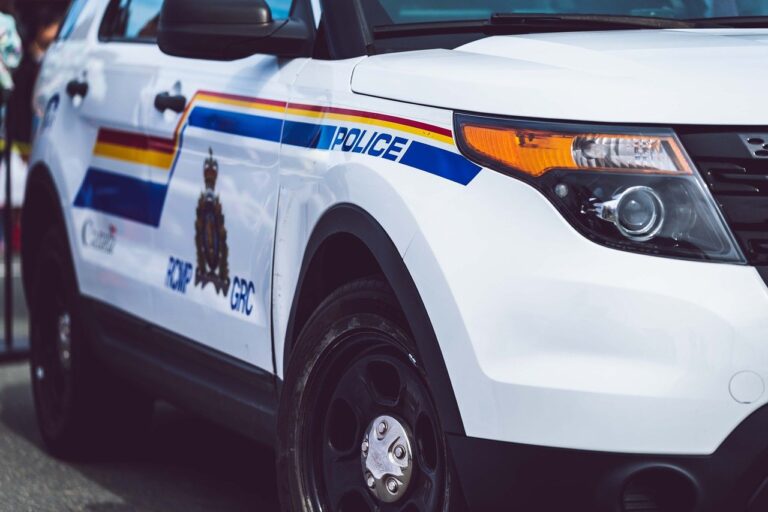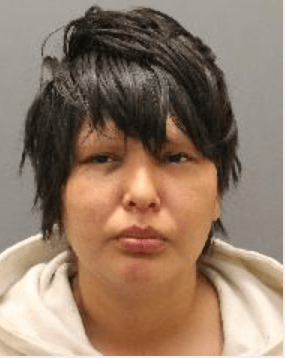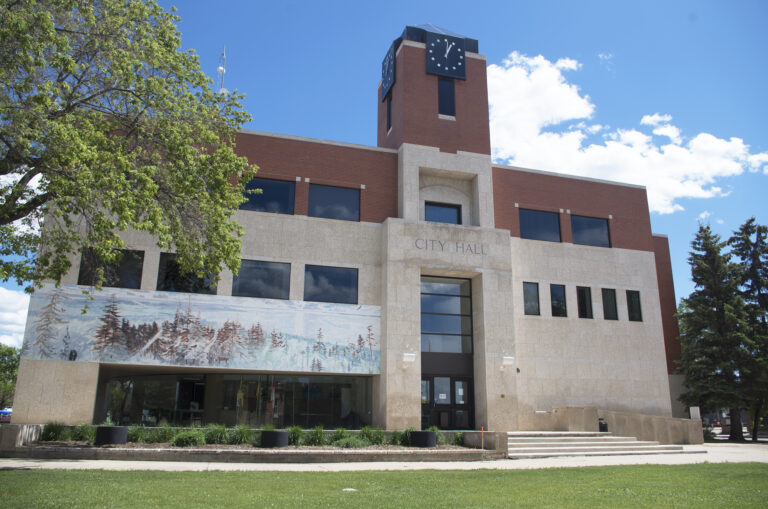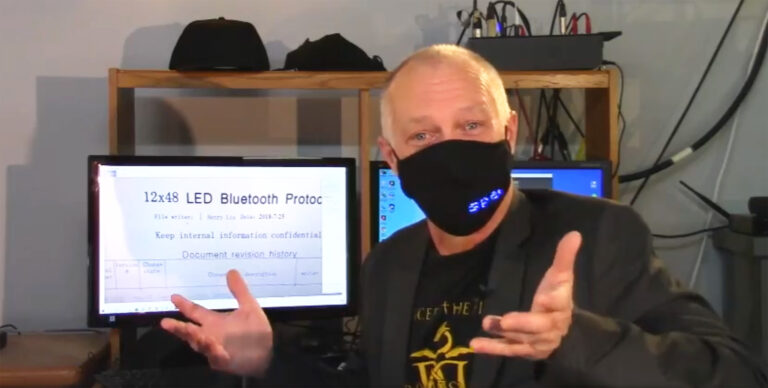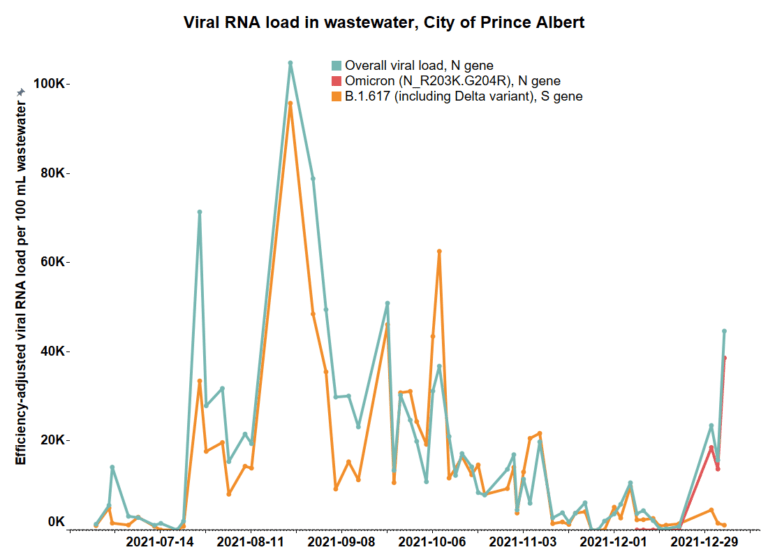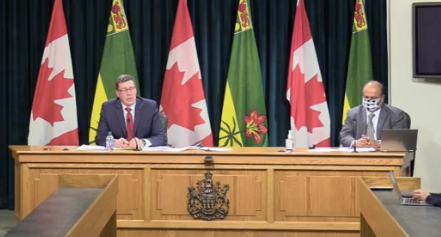Just under 200 people are now in hospital with COVID-19, an increase of 10 from yesterday. Of those, 21 are in ICU.
Hospitalizations in North Central have also increased to 15 people receiving inpatient care and one person in ICU, the province reported on Jan. 19.
Of the 178 patients receiving inpatient care in Saskatchewan, 90 are fighting a COVID-related illness, while 71 people have incidental infections and 17 are not yet determined. Of those in ICU, 15 are COVID related, five are incidental and one is undetermined.
No new deaths were reported but 1,223 new infections were confirmed today, an increase of 122 from yesterday. There are now 11,894 active cases in Saskatchewan.
In the North Central zone, 66 new cases were reported for 597 active cases.
Of those, 120 cases are in North Central 1, with 10 added in the last day, North Central 2 (Prince Albert) has 389 active cases with 46 added in the last day and North Central 3 had 10 cases added with 88 active infections.
For vaccinations, 57 new doses were given and 28 more people are now fully vaccinated. There have been 128,676 doses given so far and 61,561 people are fully vaccinated in the zone.
Wastewater testing shows a 914 per cent increase in the Omicron variant in Prince Albert wastewater in the most recent reporting period, ending Jan. 10.
Delta is still being found in city wastewater but Omicron makes up 89.9 per cent of the total viral load.
Provincial highlights are as follows:
As of January 19, there are 1,223 new confirmed cases of COVID-19, bringing the total to 103,901 reported cases
The new cases are located in the Far North West (15), Far North Central (6), Far North East (12), North West (45), North Central (66), North East (37), Saskatoon (307), Central West (11), Central East (62), Regina (304), South West (38), South Central (76), and South East (89) zones and 155 new cases have pending residence information
– 37 SK residents tested out of province prior to January 18 were added to Far North West (3), Far North East (1), North West (4), North Central (2), Saskatoon (11), Central East (1), Regina (9), South West (1), South Central (2), and South East (2) zones and 1 pending residence location.
– 103,901 cases are confirmed
– 26,409 cases are from the Saskatoon area
– 22,116 cases are from the North area (9,601 North West, 9,212 North Central, 3,303 North East
– 21,617 cases are from the Regina area
– 13,483 cases are from the South area (2,819 South West, 3,944 South Central, 6,720 South East)
– 9,857 cases are from the Far North area (4,668 Far North West, 557 Far North Central, 4,632 Far North East)
– 8,060 cases are from the Central area (1,858 Central West, 6,202 Central East)
– 2,359 cases have pending residence information
– 11,894 cases are considered active and 91,046 cases are considered recovered
Almost two-fifths (37.0%) of new cases are in the age category of 20 to 39
As of January 19, a total of 199 individuals are hospitalized, including 178 inpatient hospitalizations and 21 ICU hospitalizations. Of the 178 inpatients, 90 are a COVID-19 related illness, 71 are incidental COVID infections, and 17 have not yet been determined. Of the 21 ICU patients, 15 are for COVID-19 related illnesses, five have incidental COVID-19 infections, and one is undetermined.
No new deaths reported today. 961 Saskatchewan residents with COVID-19 have died, with a case fatality rate of 0.9%.
1,393,234 COVID-19 tests have been performed in the province. As of January 16, 2022, when other provincial and national numbers are available from PHAC, Saskatchewan’s per capita rate was 1,170,809 tests performed per million. The national rate was 1,444,190 tests performed per million.
The 7-day average of new COVID-19 case numbers was 1,240 (102.9 new cases per 100,000).


